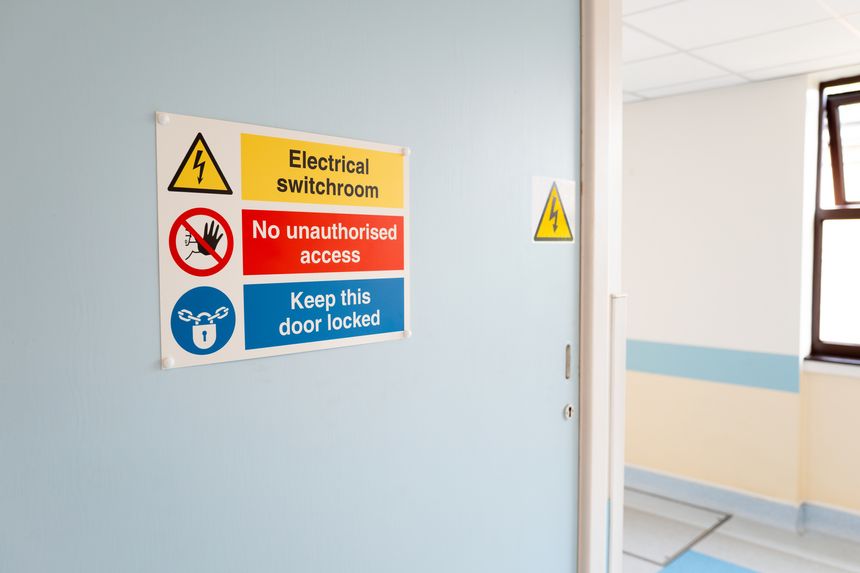Warnings and instructions are essential to product safety, but what happens when users ignore them? A recent In Compliance Magazine article explores the legal and design implications of foreseeable misuse, and why manufacturers must go beyond compliance to build truly safe products.
Compliance with product standards represents the minimums that have been determined to be required for manufacturers, however many time the minimum may not be enough.
As discussed in the article, the Restatement (Third) of Torts confirms that manufacturers are liable not only for intended use but also for reasonably foreseeable misuse, alteration, and modification. That means safety strategies must anticipate how products might be misused, and still protect users from harm.
This shifts the focus from “Did we warn them?” to “Did we design for reality?” Effective risk mitigation requires a layered approach: robust design, effective protective measures, clear instructions, and intuitive warnings that account for human behavior. It’s not enough to assume users will follow directions, especially when the consequences of misuse are severe.
Many product standards, especially for more complex items such as machinery and robotics address these by requiring comprehensive risk assessments that consider not only the intended use during normal operation, but the full lifecycle of the product, and reasonably foreseeable misuses.
This is why the Risk Mitigation hierarchy requires that:
- Where ever possible, hazards are addressed by designing them out.
- Once completed, protective measures such as guards, interlocks and other protective systems are implemented to reduce the risks to a tolerable level.
- Finally, only after the above steps have been exhausted can you rely upon warnings, instructions, training and PPE to protect users from risks.
This is where the BBEB philosophy comes in: Building Back Ever Better means designing with empathy, foresight, and accountability. It’s about creating products that are safe not just in theory, but in practice.
🔍 How Intertek can help
Intertek has experts around the world who are ready to assist manufacturers assess their risk assessments, perform additional failure testing, and assist in the development of safe products. For manufacturers who are unfamiliar with the concepts of Risk Assessment, or Functional Safety, there are consultants who can assist you in preparing your risk assessment.
- Learn more about Functional Safety
- Learn more about our Machinery services
- Learn more about HALT and HASS Testing












/Passle/5e4a7839abdfeb03584d01f6/SearchServiceImages/2025-12-17-12-50-44-202-6942a724e452dd1433034878.jpg)
/Passle/5e4a7839abdfeb03584d01f6/SearchServiceImages/2025-12-18-16-42-26-703-69442ef25555b955e43998bf.jpg)
/Passle/5e4a7839abdfeb03584d01f6/MediaLibrary/Images/2025-09-03-20-14-38-272-68b8a1ae1d680d7ad1a2d4b8.png)
/Passle/5e4a7839abdfeb03584d01f6/SearchServiceImages/2025-12-09-22-05-01-446-69389d0d24600bff03c94efe.jpg)
/Passle/5e4a7839abdfeb03584d01f6/MediaLibrary/Images/2025-11-25-05-57-22-573-6925454267604d05511d59b1.jpg)